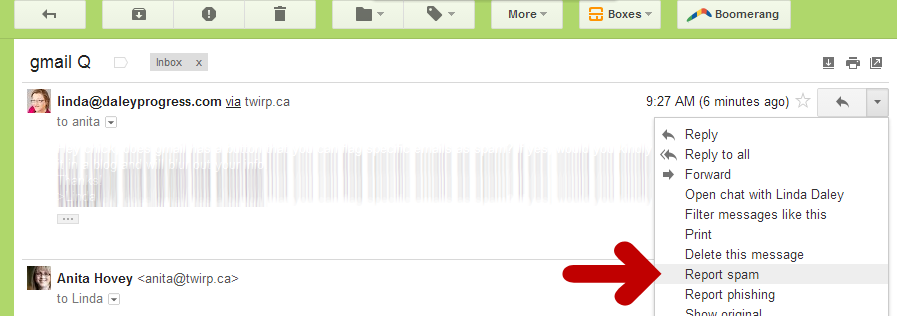The Best Reading of 2014

Continuing our annual tradition, here are our top 10 picks of the best articles from the Work Better, Not Harder newsletter during 2014, not in any particular order. You need to Bite-size your Content by Brandi Good, BLG Business Solutions Your new website just went live - it looks amazing and it's chock-full of great information. You spent hours crafting the perfect blog post. You put together a newsletter with a beautiful layout and great content. You've been sharing these links all over your social media networks. And then... continue reading The Problem with Gratitude by Steve Foran, Performance Quest Can’t believe it took 7 years to figure this out! Although I was unaware of the problem, I’ve known all about the benefits of being grateful - a list which continues to grow. continue reading Have you been Asked yet Today? by Brenda Fay, BrenDaniel Productions Corp. I had a conversation with a potential client the other day and they asked me question after qu...










-2.jpg)




















